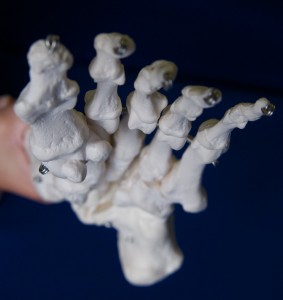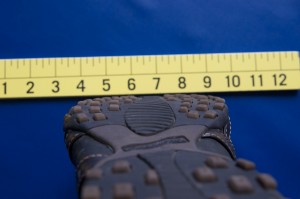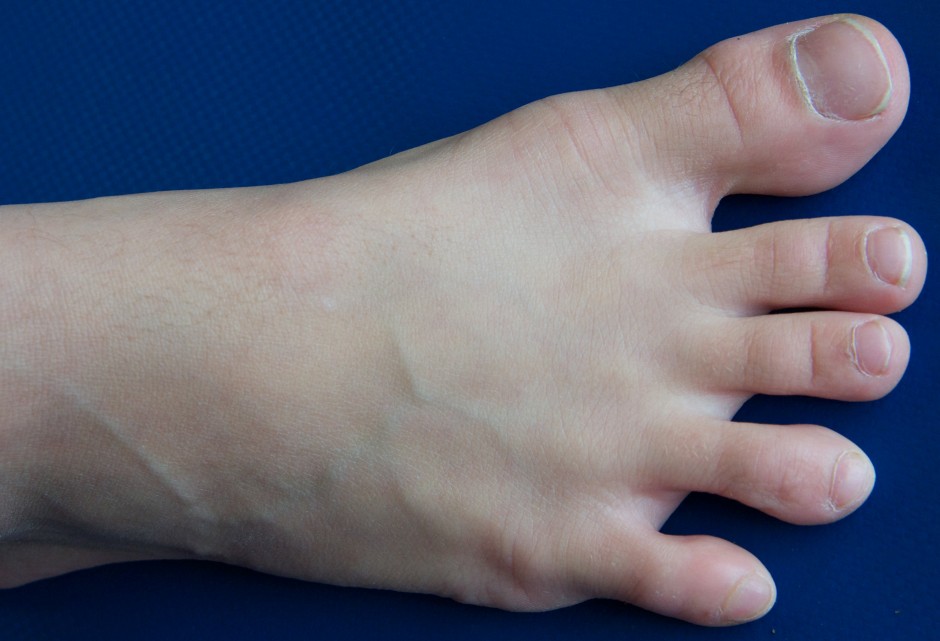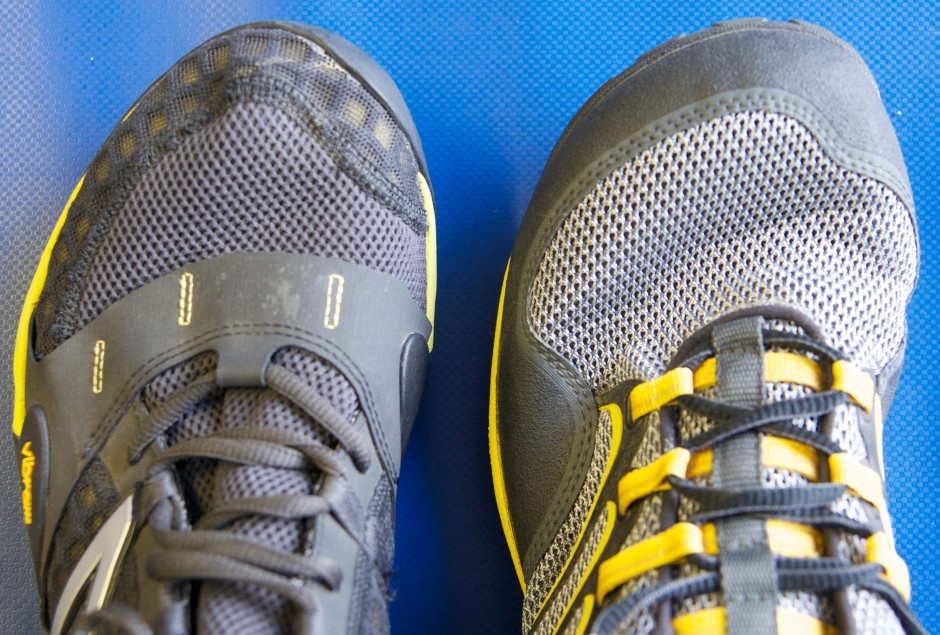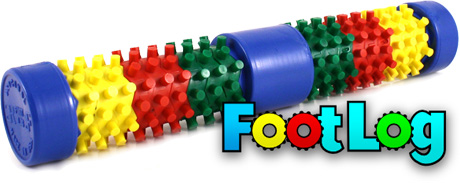
One of the healthiest things you can do for your feet is to simply take OFF your shoes! Many people develop foot fungus problems because they never air out and cool down their feet! Why do people keep their feet covered? Culture mainly—in Western culture the feet are not respected and mostly ignored until they hurt. People with poorly functioning feet rely too much upon the shoes for support, so much of the reason for keeping feet covered is driven by shoe marketing telling us that shoes “will fix” our feet which could not be further from the truth! While it might be difficult and even uncomfortable at first, wake up your feet by taking off your shoes at least inside your own home. If you just can’t bear the thought of nude feet, try a special moisture wicking sock that will both keep your feet dry and cool them down. SmartWool is a brand of hiking socks that has great wicking and cooling technology built into the fibers yet won’t make your skin itchy; however, what your feet really need is to be totally uncovered for hours per day before you ever go to bed! *See my “Products Section” for more information.
Photo by Ron Jones. Copyright 2013. Badwater Ultramarathon Finish Line


